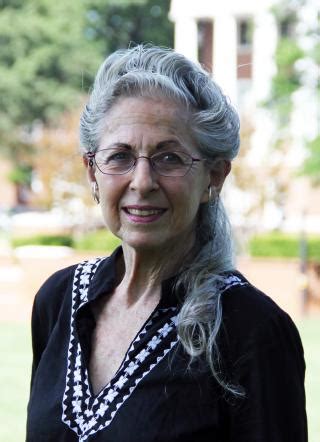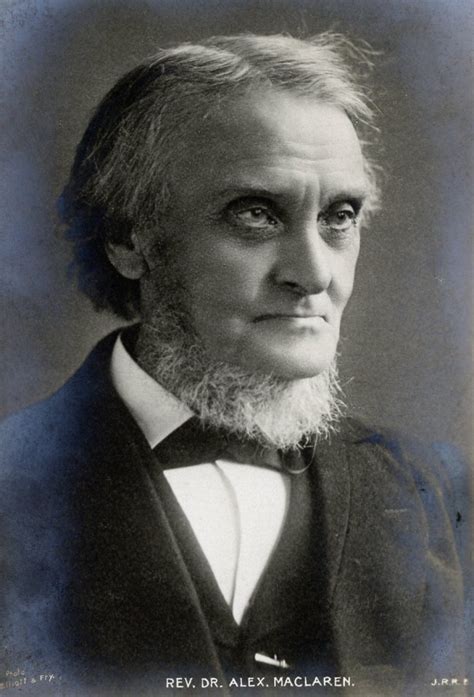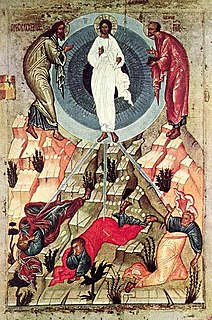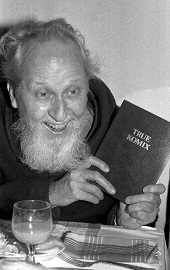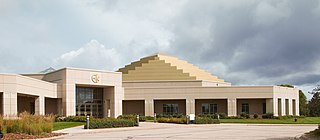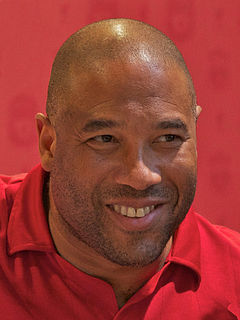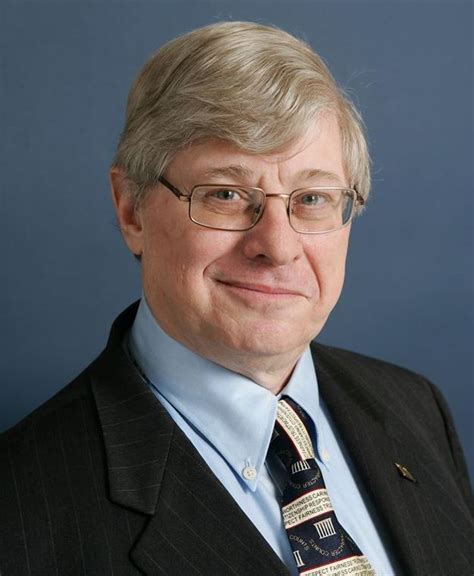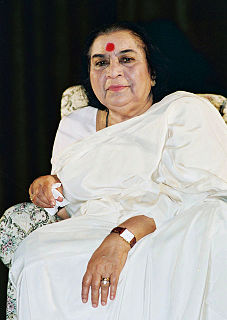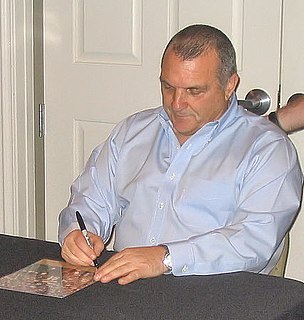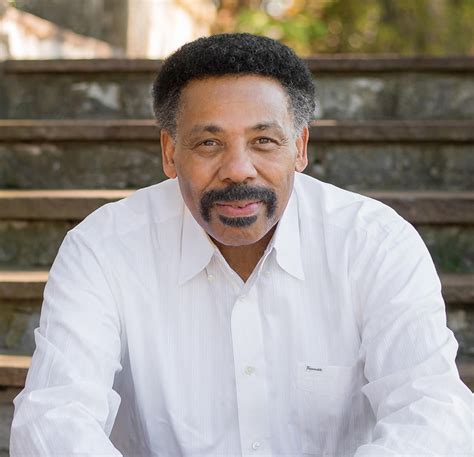Top 15 Quotes & Sayings by Judith Lynne Hanna
Explore popular quotes and sayings by Judith Lynne Hanna.
Last updated on December 19, 2024.
The 1980's witnessed a new dance genre in New York City and Los Angeles. Slam Dancing was perhaps a way for adolescent males to deal with the stressors of maturation, aggressive personal feelings, and violence in the society at large. Through dancing, the youths expressed raw power and rage while achieving euphoria, enhanced self-concept, and a healthy fatigue.
Through dance, people meet demons, ward off death, shake off sin and evil, come to terms with life crises, mediate paradoxes, resolve conflict, revitalize the past to re-create the present, enhance their self-concept and body image, attract attention, assert themselves, confront the strong, and persuade others to change their ways.
He [Wilhelm Reich] believed that the individual's walk, stance, and breath patterns revealed a specific character type. Reich thought chronic muscular tension indicated repression and blocked the expression of affect. An example is the tight holding of the chest area as a sign of repressed feelings of need and longing.
Danced healing rituals (in African village compounds, temple courtyards, dance-therapy studios, public theaters, and other social settings) reinvoke old traumas for exorcism and the transformation of fear, convince people that evil is gone or possible to dissipate, and reaffirm communal solidarity and a sense of well-being.
